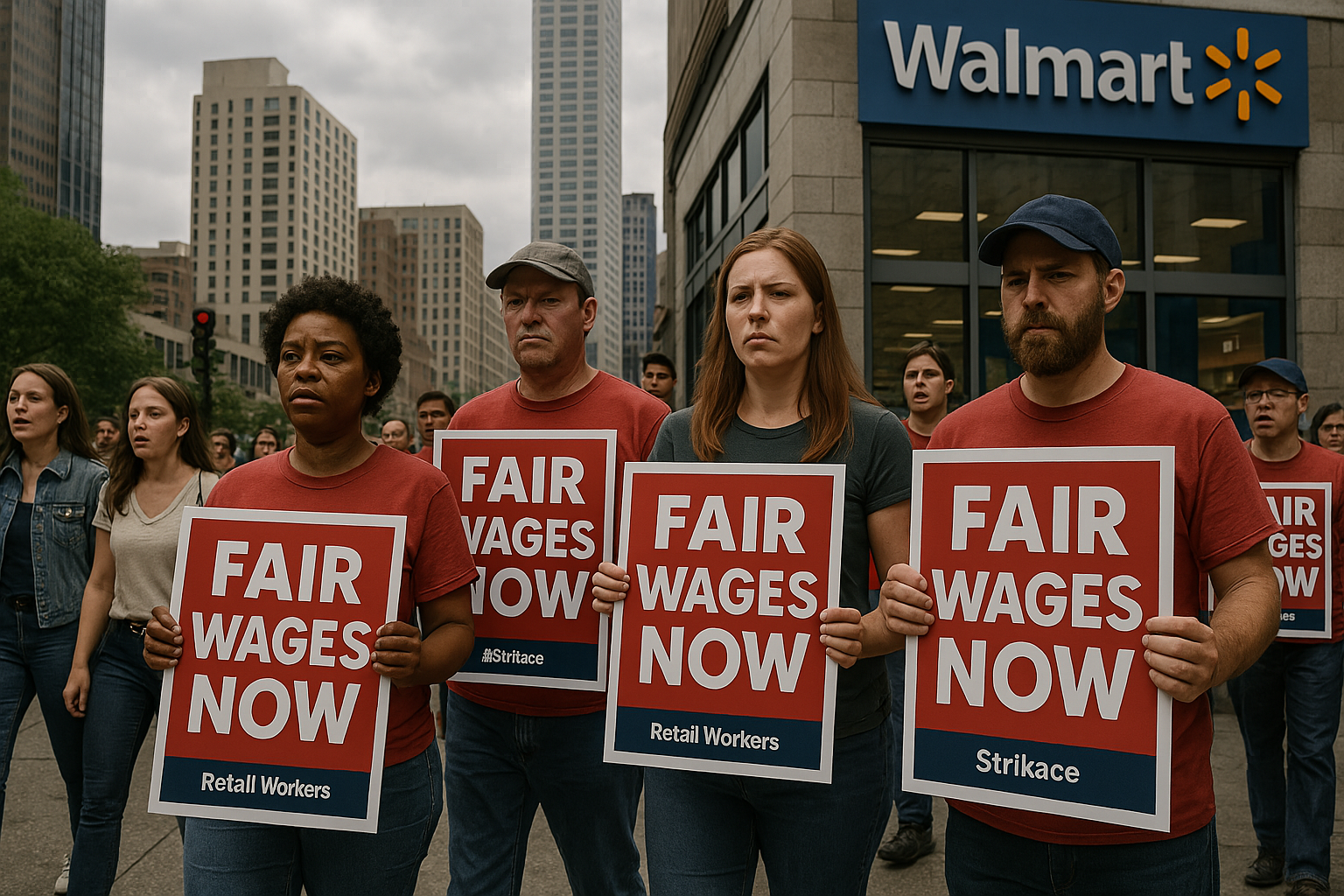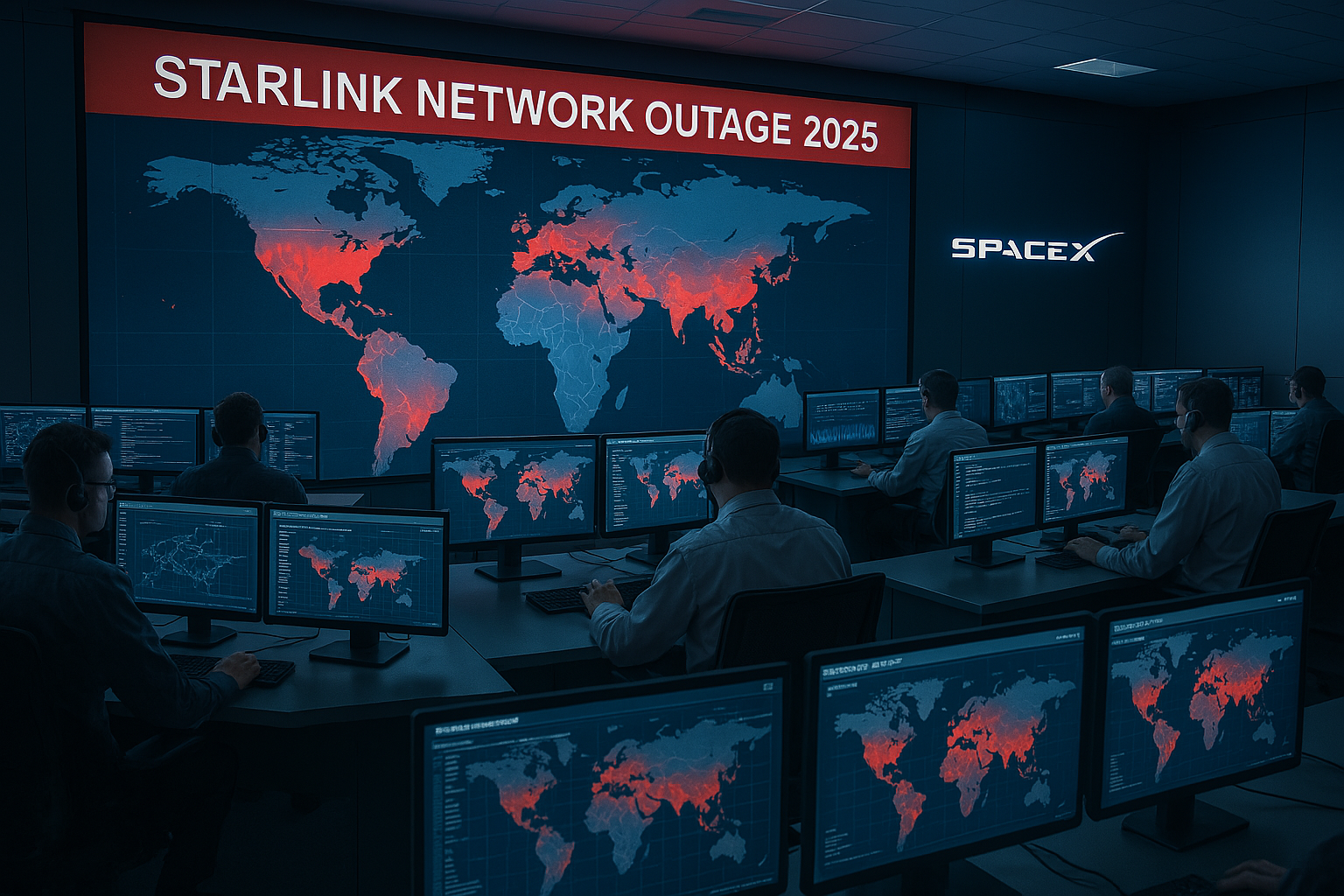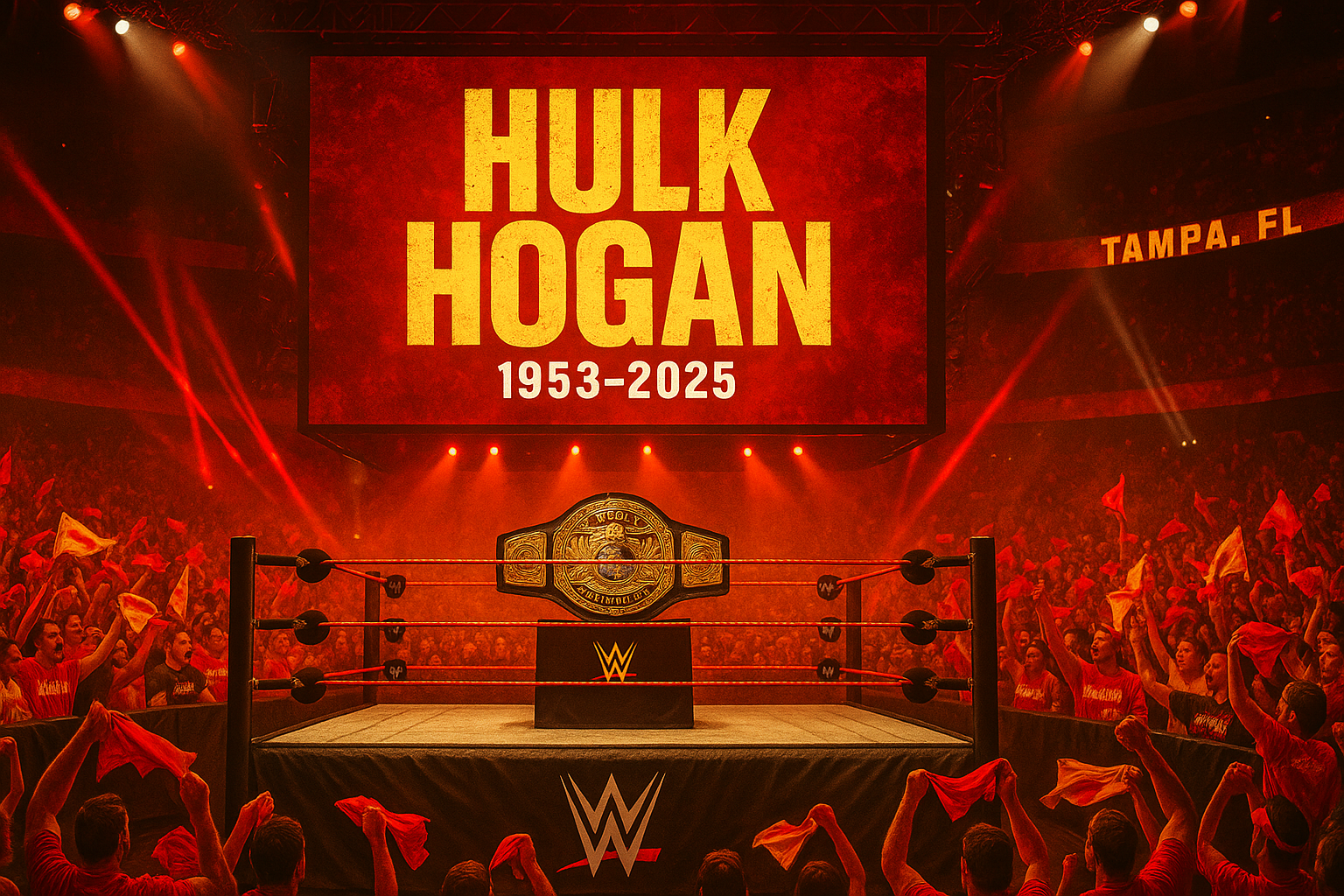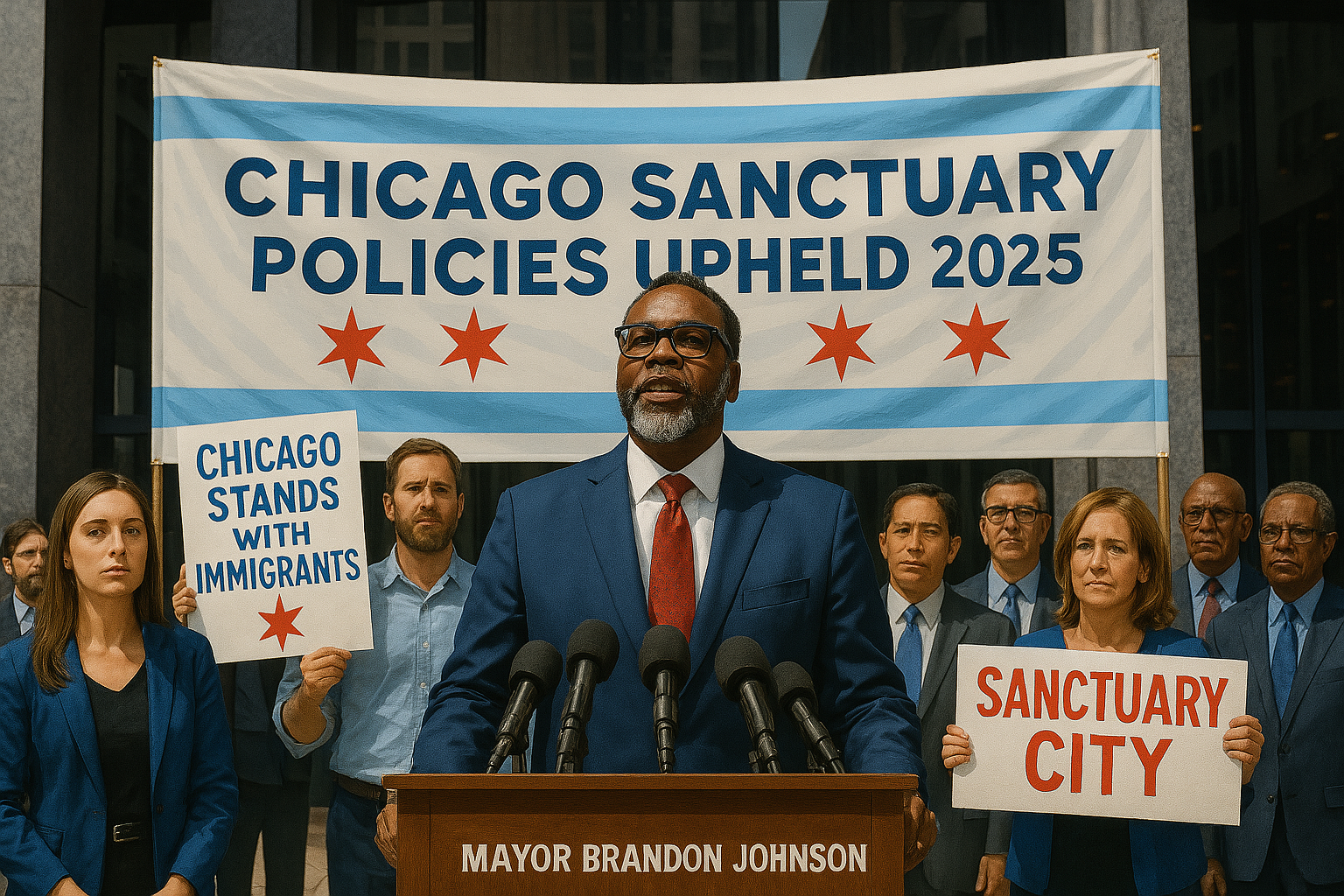Nationwide Retail Strike Disrupts Holiday Shopping Season

A nationwide retail strike, launched on July 21, 2025, by the Retail, Wholesale and Department Store Union (RWDSU), has disrupted holiday shopping preparations, affecting major chains like Walmart and Target. Over 100,000 workers across 20 states are demanding higher wages and better conditions amid a 1% rise in consumer goods prices due to tariffs. Announced in Chicago, the strike coincides with peak summer sales, threatening $5 billion in retail losses, per NRF estimates. The action highlights labor tensions as the economy faces tariff-driven inflation and mirrors global unrest, like Japan’s voter frustration.
Strike Details
The RWDSU, representing 10% of U.S. retail workers, demands a 15% wage increase and health benefits, citing stagnant wages against a 2.7% CPI rise. Pickets formed outside 500 stores, with Chicago’s Magnificent Mile and Los Angeles’s Rodeo Drive seeing major disruptions. The strike, covered by AP News, follows failed negotiations with retailers, who cite tariff costs—1.9% for appliances—as limiting raises. Workers plan to escalate through August unless demands are met. On X, @RetailUnion gained 25,000 views, with supporters rallying behind #FairWagesNow.
Context and Implications
Retail faces pressure from Trump’s tariffs, with apparel prices up 0.4% and toys 1.8%, squeezing margins. The strike mirrors labor actions in other sectors, like Detroit’s AV industry, and global trends, such as Spain’s economic slowdown. With 70% of Americans planning holiday purchases in July, per NRF, disruptions could shift sales online, boosting Amazon by 10%. The action also reflects broader economic concerns, with 60% of workers citing inflation as a key issue, per Pew Research.
Community and Fan Response
Shoppers in Chicago and L.A. expressed solidarity, with 40% joining picket lines, per local reports. Retailers warn of supply chain delays, with 15% of holiday inventory at risk. On X, @ShopperVoice debated higher prices versus worker rights, gaining 10,000 views. The National Urban League urged retailers to prioritise minority workers, who make up 30% of the sector. Community groups in Atlanta are organizing donation drives for striking workers, similar to Texas flood relief efforts.
Challenges and Opportunities
Retailers face challenges managing inventory, with 20% of stores reporting shortages, per Bloomberg. Negotiations are stalled, with only 10% of retailers offering raises above 5%. Opportunities include adopting AI-driven logistics, like New York’s fintech solutions, to cut costs by 12%. Union training programs could upskill workers, boosting productivity by 15%, per Labor Department data.
Economic and Social Impact
The strike could cost retailers $10 billion by August, with small businesses losing 20% of revenue. Socially, it empowers workers, with 25% of young employees joining unions in 2024, per BLS. Community support in Chicago includes free meal programs, mirroring Indianapolis’s sports-driven outreach. Equitable wage policies could reduce turnover by 10%, benefiting 500,000 workers.
Future Outlook
Negotiations resume July 28, with a potential resolution by August to save the holiday season. A prolonged strike could shift 15% of sales to e-commerce, reshaping retail like California’s solar boom reshapes energy. Retailers plan to lobby for tariff relief to fund raises, aligning with Trump’s trade policies.
Conclusion
The retail strike underscores labor’s growing power amid economic strain. Its resolution will shape holiday shopping and set a precedent for worker rights in a tariff-driven economy.










